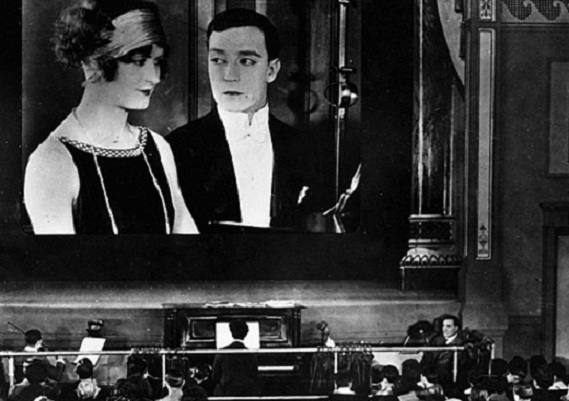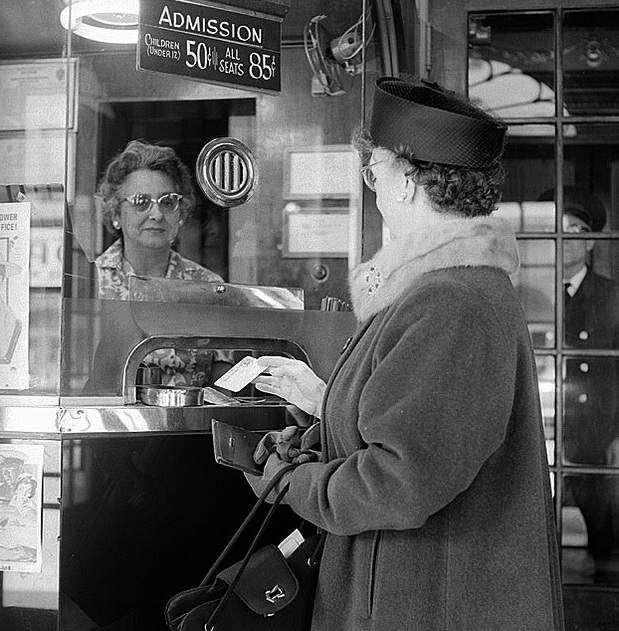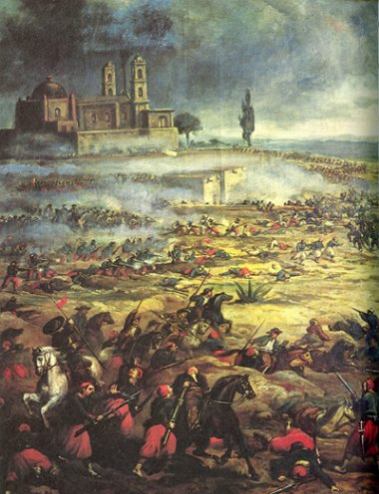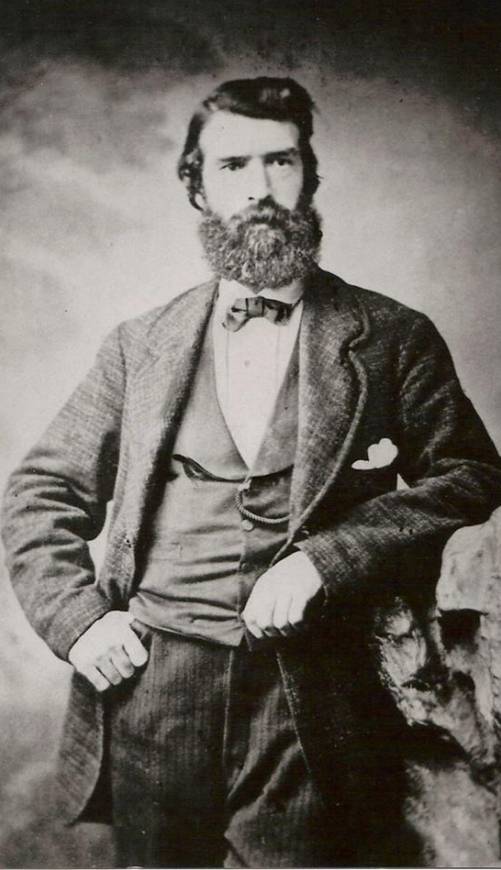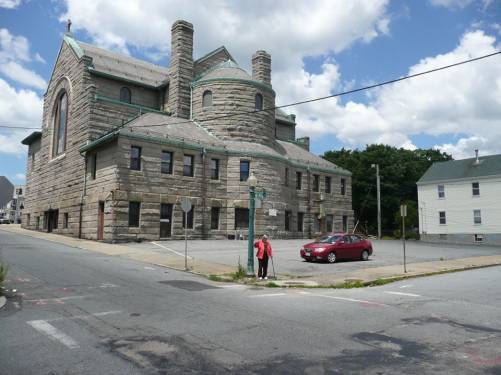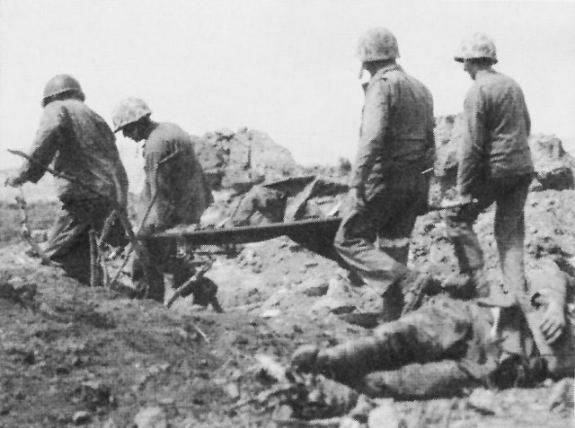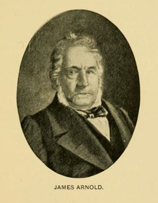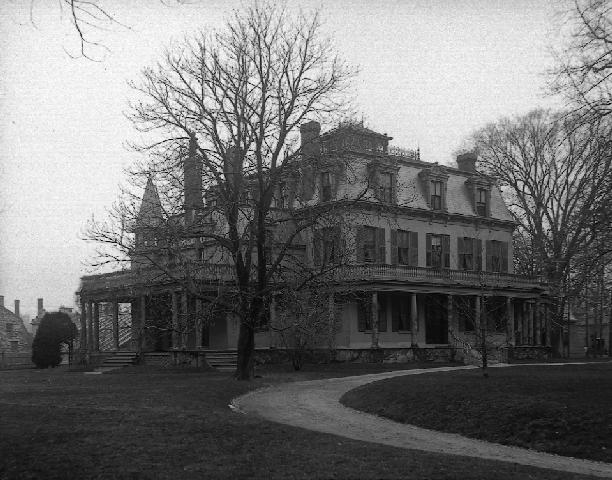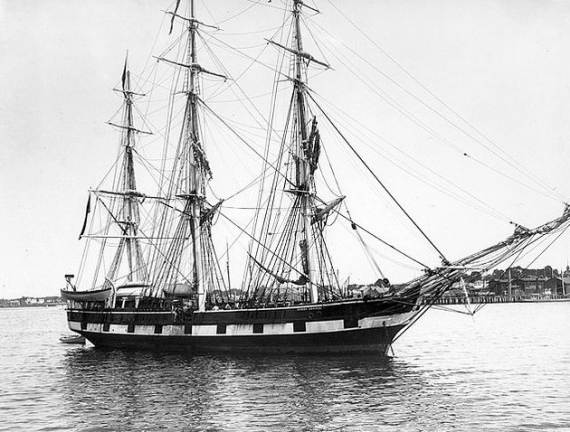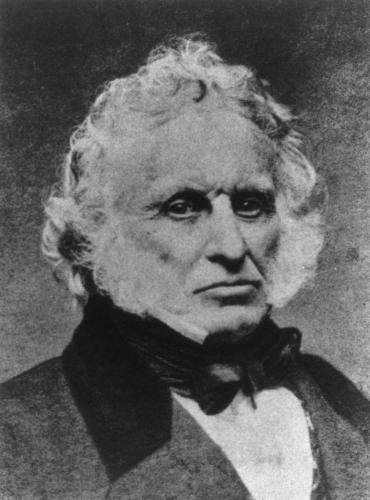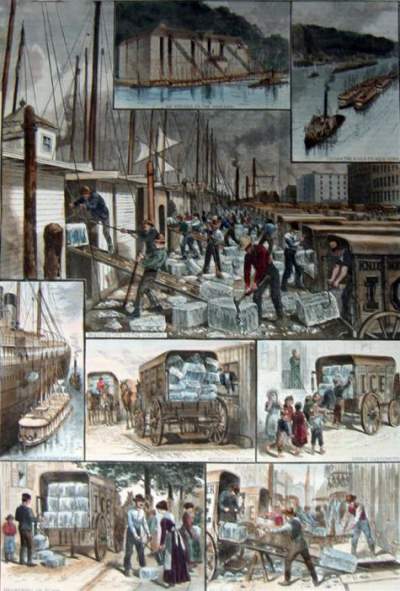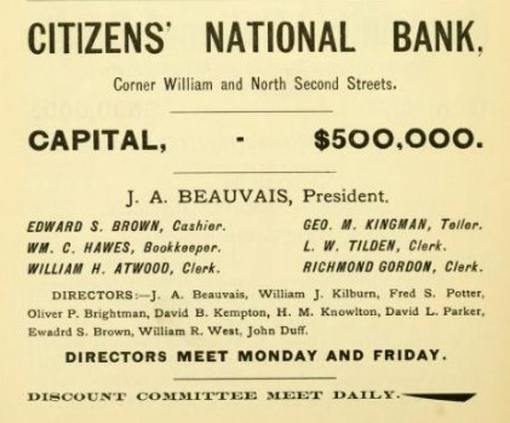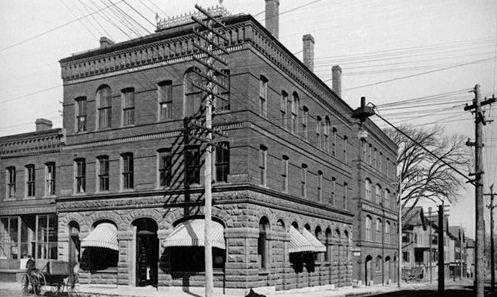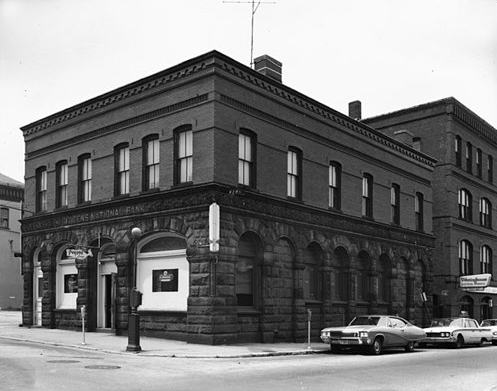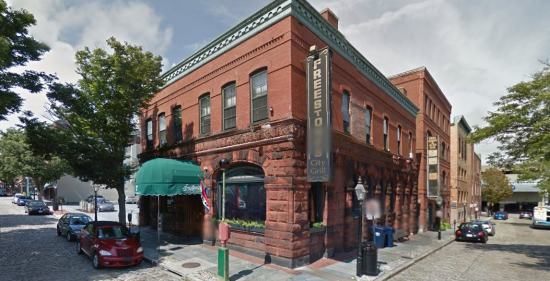Halloween History in New England: The Dover Demon, Leatherman, Bennington Monster and other creepy denizens
There is a debate on whether Halloween’s origins lie with ancient Celts (or going back even further to Babylonians) or it is purely a Christian holiday. Some say it was a holiday stolen from Pagans and adopted by Christians to ease the process of conversion. I’d rather follow the old adage “If you want to keep your friends, avoid discussion of politics and religion.”
Ultimately, regardless of its origin, it has morphed into the consumption holiday that we have today – most have no idea about its origins and/or find it unimportant. It’s certainly not a necessary ingredient to celebrating it. It can be celebrated as an American holiday or a secular one, just as Christmas or Easter are. In fact, I think it’s safe to say that there is only a small minority that actually celebrates Halloween as a religious holiday.
If you are interested in the origins and perhaps the debate, the information is ubiquitous and the easily accessed. I’d rather focus on its history here in New England – this isn’t “hard” history, it’s light and tasty. A real treat – pardon the pun.
Of Samhain; Origins of Trick-Or-Treating
The holiday was practiced by the Celts as Samhain and there are aspects of this observation that are still practiced today like the bobbing for apples, wearing of costumes or making jack ‘o lanterns – made from potatoes or turnips. 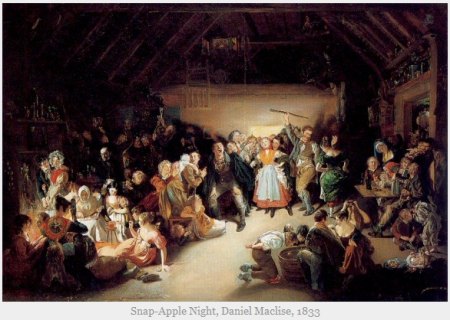
The “trick” aspect to trick-or-treat refers to the pranks that mischievous leprechauns or other fae would practice on their victims. The “treat” aspect is manifold: it has its roots in food offerings left out for visiting ghosts so they wouldn’t kill the livestock or curse the household, because beggars would be attracted to these celebrations and people in a festive mood are more prone to make donations, and eventually Christians would offer soul-cakes.
There seems to be a misunderstanding about whether this holiday was “allowed” by the religious leaders in America. The answer is as the Germans would say “jein.” Yes and no. Christianity as we know can be quite diverse. Catholics were OK with the holiday, and in fact, practiced a three version of the holiday called “Allhallowtide” where the faithful would honor and remember martyrs, lost loved ones and saints – which is why it is sometimes called All Saints’ Eve.
While Catholics embraced or observed the holiday, depending on your point of view, many Protestants were not happy at all about it. The difference lay in the belief among these Protestants that returning souls could not come from Purgatory to heaven. Eventually, the sheer number of Catholics coming from the Old World outnumbered those religious folk that did not observe the holiday and it grew in popularity.
Melon Heads
No, not your little brother. This legend shared in Michigan, Ohio, and Connecticut. How? No one knows why they cropped up in three unconnected states. 
The legend is so common-place in Connecticut that not only can people tell you the areas that you will encounter them, but can narrow it down to specific streets, like Saw Mill City Road in Shelton or Marginal Road in New Haven. Want more Melon Heads? There’s quite a bit of information to be found online and there’s even an eponymous movie.
Pigman of Devil’s Washboard
With a name like “Devil’s Washboard” it seems like it’s sort of mandatory to have some creepy legend attached to it. Imagine a shaved head person with a pig’s snout that seems allergic to clothing. He likes to run around Northfield, Vermont squealing – preferably with an ax, but has no qualms about biting you.
Since the legend begun sometime in the 1950s it’s had a lot of time to morph and change. In some variants, he is covered in white fur and in others he is a serial killer who runs around with a decayed, rotten pig’s skull for a mask. No thanks.
He seems to single out teenage couples. Like many of these legends, they seem to be a creative attempt to discourage teenagers from hanky-panky. If you’re a girl, you’re somewhat safe: he seems to target boyfriends and leave girls screaming. We don’t know if they were screaming because of the pigman, or that they are happy they finally got rid of lead weight. Even the police with K9s have given him chase.
Let’s hope he stays in Vermont.
Derry Fairy
The Derry Fairy was first revealed to the world by a Derry, New Hampshire man in the 1950s who went into the woods to harvest some Christmas trees to sell. He ran into a 2′ tall little green man, with long, droopy ears, reptilian eyes and wrinkly skin. 
The unnamed man had some time to think. Whether for fame, because he wanted a new pet or because no one would believe him, he decided to tackle the little green man and take him home. “I’m going to love him, squeeze him and hug him and call him George.” he must of thought.
Problem was that after he grabbed George, he let out a shrill scream that was so piercing that it stopped him in his tracks and made him unsettled. This allowed George to escape and ne’er be seen again.
Dover Demon
The Dover Demon is a similar legend from here in Massachusetts – this one from the late 1970s. This one started when 17-year-old young man was driving along minding his business when he spots a creature standing on a mortar-less wall. Like the Derry Fairy, he had wrinkly skin, weird eyes but the difference was that the Dover Demon wasn’t 2′ tall, he was more like 9′ or 10′ feet tall and had tendril-like fingers. Great – I could beat up George, but think my chances are much slimmer with his dad.
Soon many sightings followed. Some even swore “…on a stack of bibles.” Of course, the Dover Demon was explained away as a moose, foal or prank. Because we all know how hard it is to tell the difference between a moose and a humanoid. Sometimes I even mistake people for moose, but that’s another story.
Bennington Monster
Bennington, Vermont seems to be a sort of magnet for the supernatural, legends, and myths. Many have heard of the Bennington Triangle – an area of southern Vermont where many people went missing from the 1920s through the 1950s. Maybe related, but perhaps not: the Bennington Monster.
This guy is the quintessential Sasquatch or Bigfoot. He’s the New England version with a far more boring moniker. This one goes as far back to the 19th century when the stagecoach was utilized as a common mode of transport. The story goes that a stagecoach broke down and when the coachman climb downed to work on some repairs, he noticed a massive footprint.

150 years later, he would have watched enough movies to know that this usually is a misdirection, setting you up for an ambush. Since Netflix hadn’t been invented yet, he was ambushed. Out came the Bennington Monster – all hair covered 7′ of him. Luckily for this group, the monster just took his frustrations out on the couch and pounded on it, flipped it over and then ran back into the woods where only his piercing eyes could be seen watching over them.
Since that time, he has been “spotted” over and again. Like all Sasquatch-like creatures, he manages to continue to elude capture or even a clear photograph. Likely he was just Uncle Steve – the one who looks like he’s wearing a sweater, even when he’s shirtless. No, wait – I think I’m getting the hang of dismissing these legends: he was a moose!







